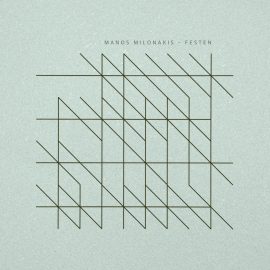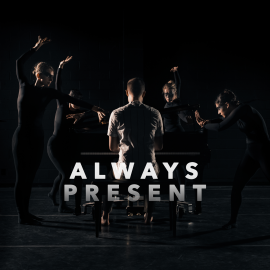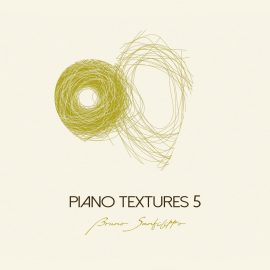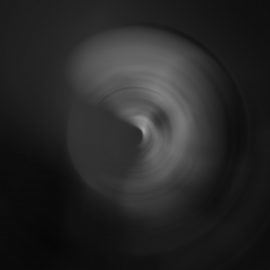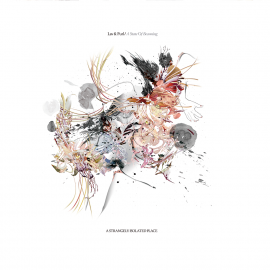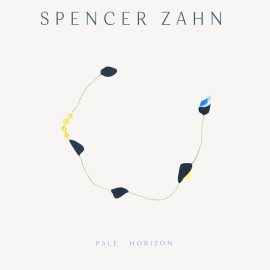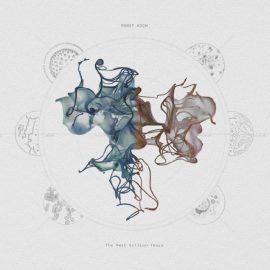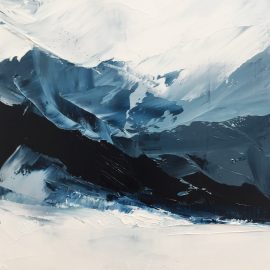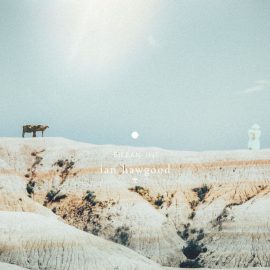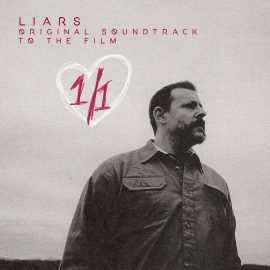Philip G Anderson
What Makes Us

Welcome to another entry of my ⟪ REW | FF ⟫ column, where I take a quick look back and then glance forward to some music that has appeared on my rotations. First up is a new self-released album by Philip G Anderson, an American multi-instrumental composer who creates emotional modern classical pieces centred around the piano, strings, and human performance. I premiered his music video for a piece titled “To Be Brave” about a year ago, in which he explored the artist’s relationship with the fear of the creative process. For his fourth full-length album, What Makes Us, Anderson, once again, takes an introspective look into everything that makes us human: “our connections, our voices, and our artistic expression”, with a reminder not to lose any of that. This is a particularly poignant sentiment these days – one that I identify with very deeply – as more and more “content” could be generated by AI, either removing the necessity of human connection or, as I believe, making that particular aspect of our existence even that much more important. In a world of generated and algorithm-driven subject matter, “social media” inundated with bots with whom you enter into useless arguments and artificial intelligence agents that are beginning to manipulate everything from financial markets to politics and to our belief in what we perceive to be “the truth”, all we need, I think, is a few honest words on honest music.
Bibio
PHANTOM BRICKWORKS (LPII)
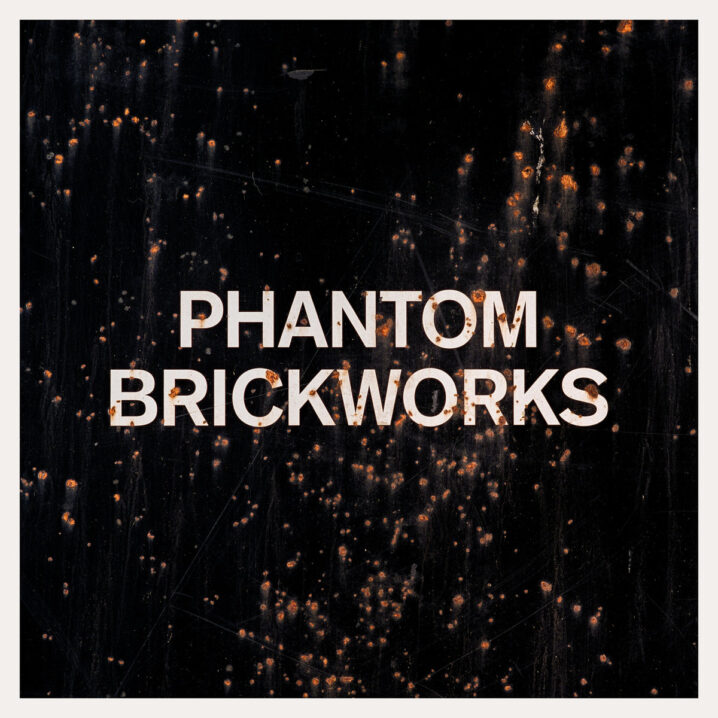
I feel that Bibio needs no introduction since Warp Records brought him to the stage after three amazing albums on Mush (my favourite is still Vignetting The Compost from 2009). With Phantom Brickworks, UK-based Stephen James Wilkinson invites us into his world of drony nostalgia and kaleidoscopic dreams, blending elements of folk, electronica and lo-fi soundscapes. First introduced in 2017 and now accompanied by a second volume, subtitled LPII, we go deeper into these sonic environments, which are “inspired by nature, landscape, and places haunted by the faint ghosts of industry.” These are deep, dissolving, slow-burning atmospheres drenched with reverbed baritone guitar, loops of vintage piano phrases, and disintegrating vocals ala William Basinski, The Caretaker, and Grouper. Reflecting on places and desolate spaces, Willkinson’s music extends “into the realms of legends, as stories passed down through generations can sometimes haunt a place more vividly.” And, with this being Warp and all, many of those commercial print outlets have already hopped to praise the album for its sensitivity and care of enchanting our minds with the fragile, sentimental and ethereal sounds of this record, whereas if you browse these pages, you will find plenty of music in a similar vein – and I’m just happy that with Warp, this music will reach many ears. Recommended for fans of the above-mentioned artists.
36
Exit All The Lights
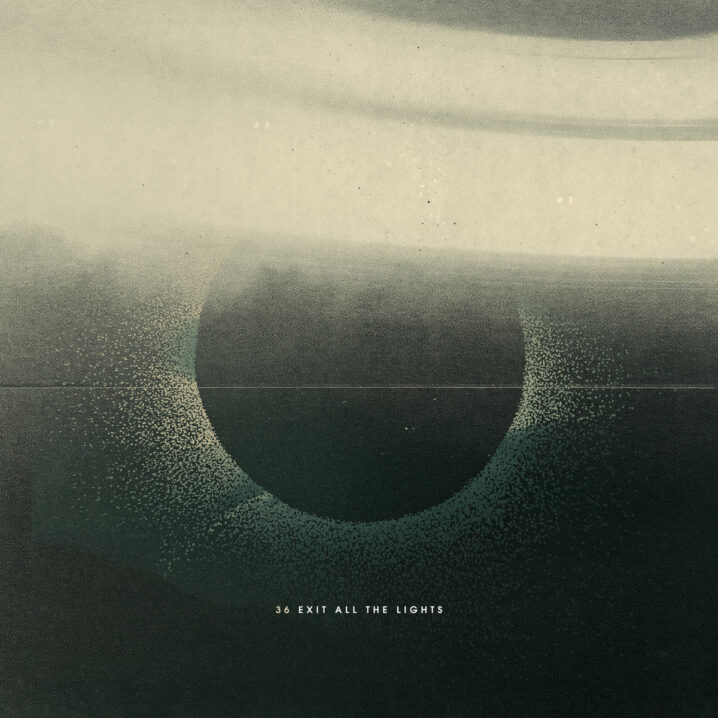
If you follow along in this column, you will notice that the covered albums feature some vocals (or human voice as an instrument, whichever you prefer). Suddenly, I remembered that Dennis Huddleston, who is known as 36, has released his new album, Exit All The Lights, prominently featuring Yassie‘s velvet-comforting vocals across nine synth-driven ambient pieces, still carrying that signature 36 melancholy sound, but now with his take on dream-pop. “Her voice is so beautiful,” says Huddleston in the release notes of the album, “and layering it brought out this incredibly rich, ultra-wide, constantly expanding soundstage, which floods your headphones with emotion. The real challenge was resisting the urge to keep cascading her voice over and over because every time she sang, the music became even more lush.” This is a mesmerising space that we find ourselves in these days, as we seem to crave even more human interaction in our environment rather than the generated stamped-out emulation of our experience. Here, again, I can’t help but be reminded a bit of the last two collaborative works by Inquiri and bvdub, where the two find themselves in the union of “two rooms at an underground party”, whereas Huddleston’s reflection is a softer, slightly heartbroken, ethereal space, which can be found at a pillow tent of an outdoor weekend rave, slowly dozing into the darkness only to then awaken into the light.
